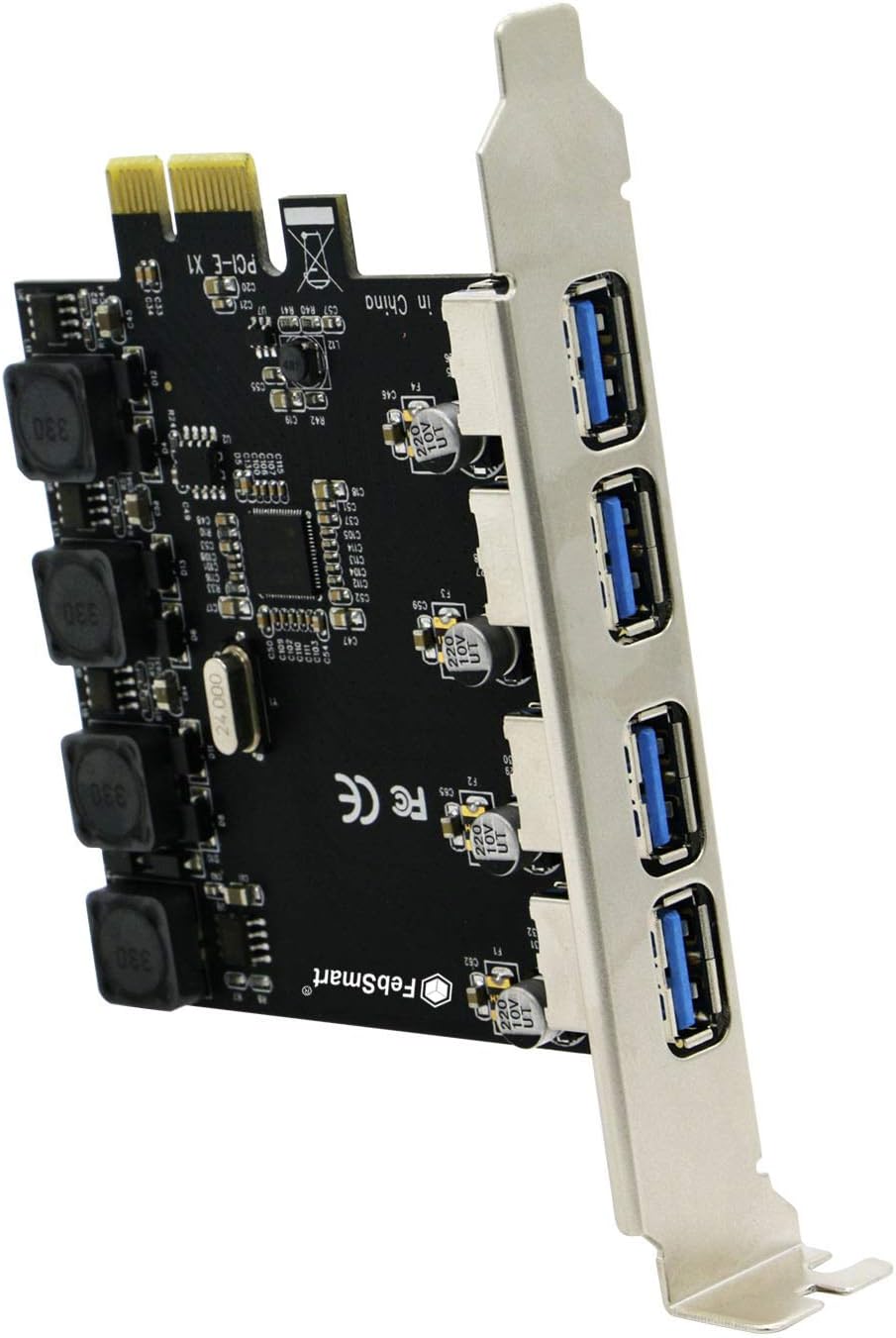What can you do with the PCIe x 1 on Raspberry Pi CM4 IO board
With the release of new Raspberry Pi CM4 and its IO board, RPi lovers finally have an exposed PCIe to expand high speed peripheals as they wish. In this article, I’ll introduce some PCIe expansion module to help you decide how to utilize the PCIe x1 on the IO board.
1. PCIe to USB3.0

Actually, there is a PCIe x1 on the original Raspberry Pi 4. But it’s transferred to USB3.0. So if you want to keep using the CM4 as you did with Raspberry Pi 4, you can get one of this. It turns the PCIe x1 into 4 USB3.0 with each of them working at 5Gbps max data transfer speed. It would be an ideal option if most of your expansion devices are connected to your CM4 via USB ports.
2. PCIe to SATA III

I believe many of you have thought about turning your Raspberry Pi into a home NAS(Network Attached Storage) device. Usually we use portable Disks connecting to RPi via USB ports. Now you can attach real Hard Drive to the CM4 with this PCIe to SATA III expression card. It turns the PCIe x1 into to 2 SATA III ports running up to 6 Gps data transferring speed. There are also PCIe to 4 SATA III expression cards based on other chipsets. You can also consider them, but make sure you check with the seller about its ARM Linux compatibility.
3. PCIe to M.2

Earlier this year, Raspberry Pi Foundation announced that users can now boot the raspberry pi through USB. This means you can finally get rid of the SD card and embrace the SSD, which will hugely improve your Raspberry Pi’s performance.
4. PCIe to Gigabit Ethernet

Ever considered turning your RPi into a smart router? Then you definitely need this one. It expands the PCIe x1 into 4 Gigabit Ethernet port which allows you to connect multiple network devices to your RPi. With the help of this expression board, you can install OpenWRT, pfsense, or any other open source router as you like.
5. PCIe x1 to x16

If you want more than PCIe x1, try this. It turns the PCIe x1 into x16. Amazing, right? This means you might be able to get a NVIDIA graphic card running on Raspberry Pi! Although I don’t think this is worthwhile, you can still give it a try.